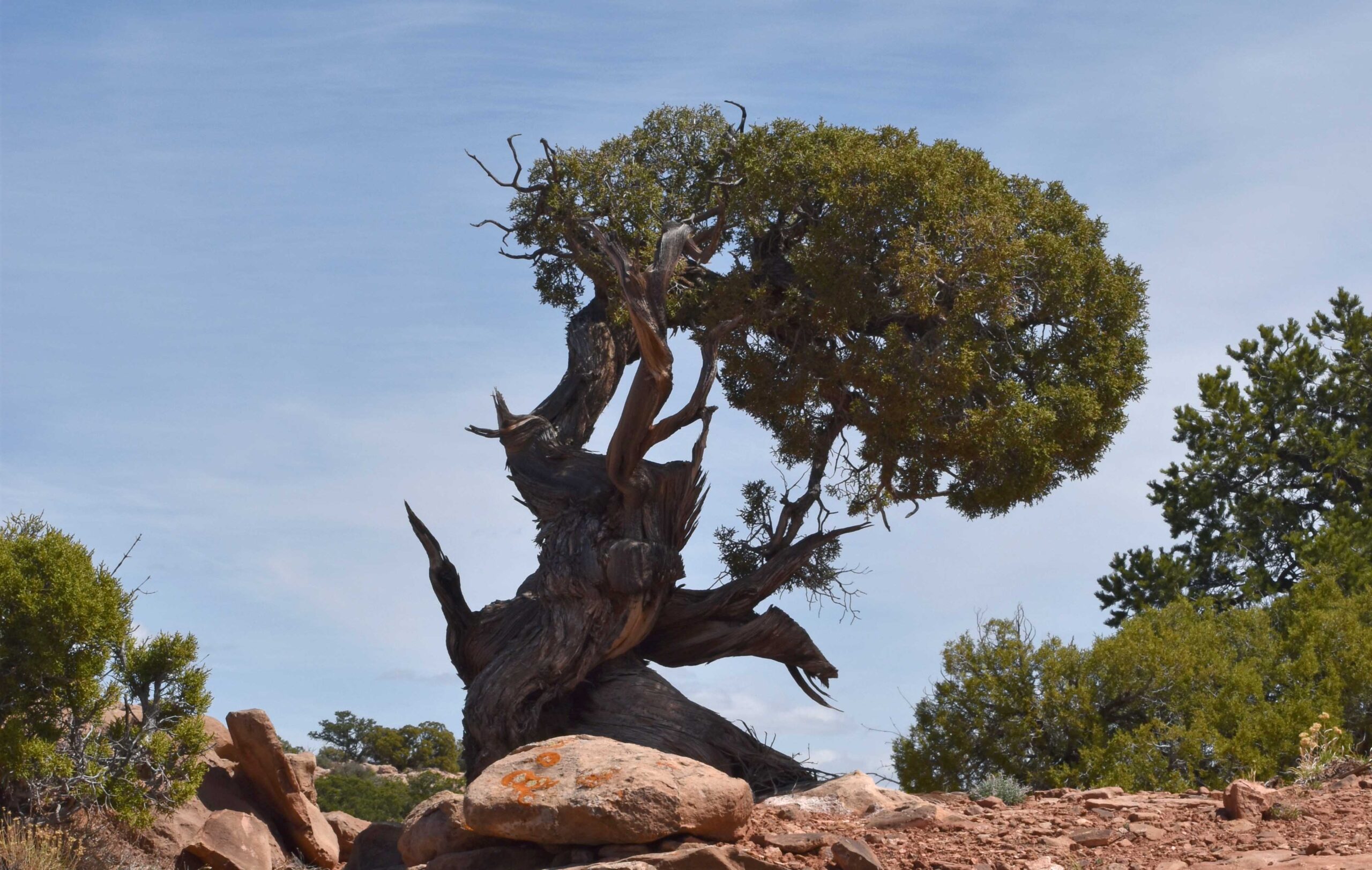Invasive Species
-
INTRODUCTION Throughout this report, I will refer to livestock grazing and production. The inclusion of production is critical because many livestock operations’ impacts involve more than cattle grazing grasslands. For instance, predator control is one consequence of livestock production, as is the production of forage crops such as alfalfa, which does not directly affect grasslands.…
-
If you pay attention to livestock grazing issues on public lands, you invariably will see research promoting cattle grazing as the magic elixir that can repair damaged riparian areas, eliminate cheatgrass and other weeds, reduce wildfires, increase soil carbon storage, and improve habitat for endangered species like sage grouse. If you think this is too…
-
The sagebrush steppe dominates the drier parts of the West, including parts of Southeast Oregon, much of Nevada, southern Idaho, western Wyoming, western Colorado, western Utah, and parts of New Mexico. Sagebrush steppe covers 165 million acres of the West. Due to many factors, including farming, ranching, subdivisions, and, most importantly, range fires, sagebrush vegetation…
-
Cattle congregating in the riparian area, Chama, New Mexico. Photo George Wuerthner SOIL CARBON AND LIVESTOCK Rangelands make up a large proportion of the Earth’s surface, and the soils hold a significant amount of sequestered carbon (Schuman,G.E et al. 2001). Rangelands are estimated to contain more than one-third of the world’s above and below ground…
-
The dawn breaks each morning on a hundred different mountain ranges in the Great Basin, with few human eyes to see it. Many of these mountain chains will be unfamiliar to most – the Toquimas, the Wah Wahs, the Goshutes, the Sheeprocks, the Fox Range – but the one thing they all have in common…
-
A week ago, eight prominent scientists sent a letter to the Bureau of Land Management (BLM) declaring that the agency’s proposed Tri-State Fuel Break (TSFB) is flawed and will endanger sagebrush ecosystems. The Final Environmental Impact Statement (“FEIS”) and other project documents are available on the agency’s website at https://eplanning.blm.gov/eplanning-ui/project/42341/510. To quote the scientists: “If…
-
If cattle graze to bare soil, it is true that fires are slowed under such conditions, but the ecological impacts are enormous. Photo George Wuerthner When I worked for the BLM, us “ologists” (hydrologist, ecologists, biologists, archaeologists, geologists, and botanists) used to refer to Range Conservationists as Range “Cons” because they conned the public into…
-
Most land trusts and many conservation groups frequently ignore the impacts of Agriculture and focus on urbanization and sprawl as the main threat to biodiversity and ecosystems. A good example is the Teton Land Trust, Idaho. A recent story about their board president, John Nedrow, a farmer, talks about how he put a conservation easement…




